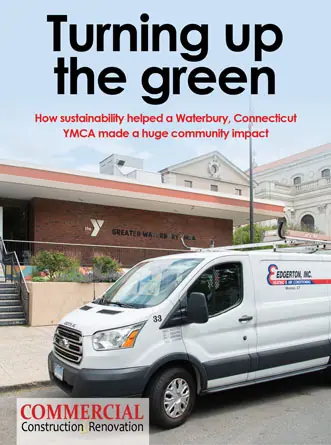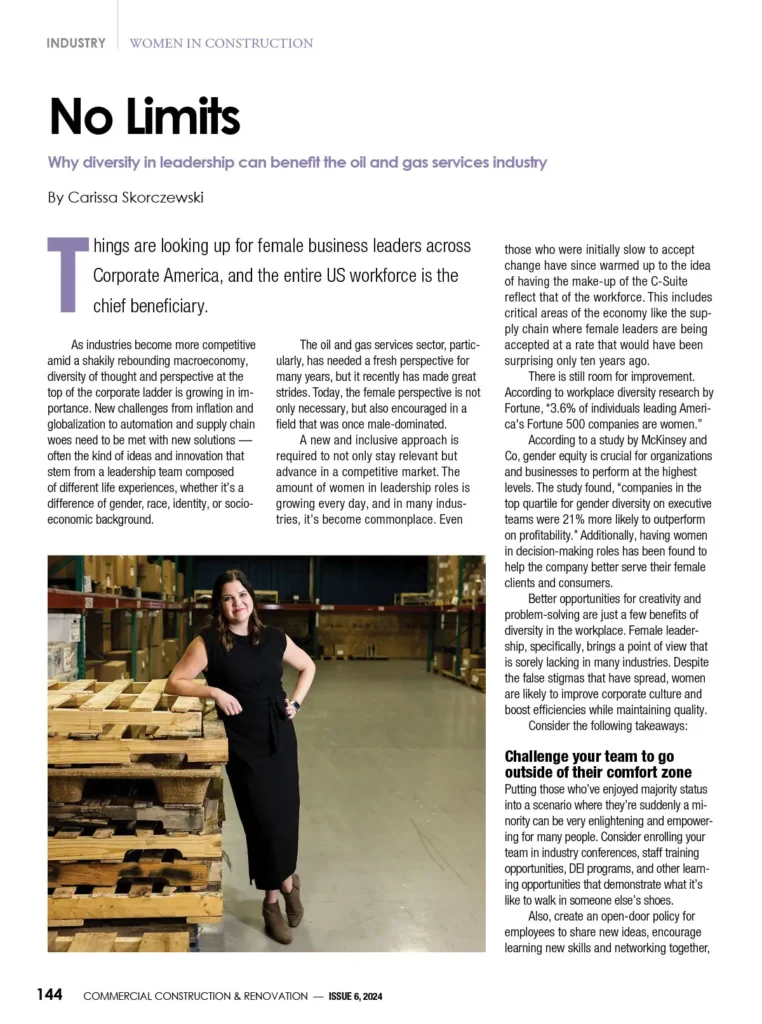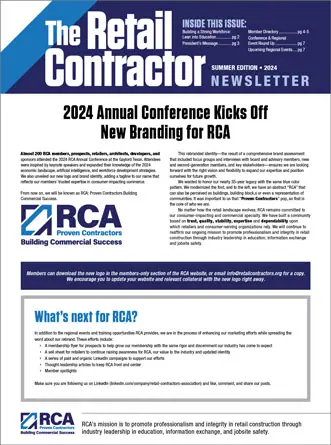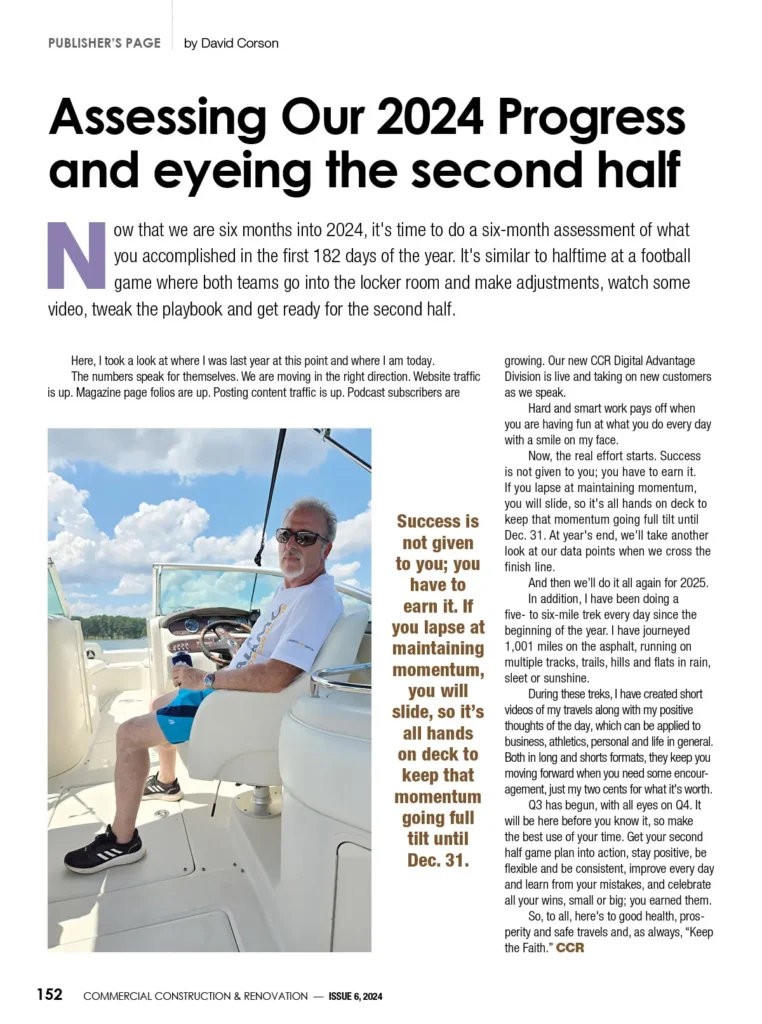Inhale and exhale. Now, imagine what just went in and out of your lungs. The indoor air that surrounds us in our homes, schools and places of work and in all the public places and spaces we go to can contain all sorts of contaminants … dust, germs, viral particles, droplets, debris, you name it.
Typically, most of the “junk” in the air is harmless, but there are certain situations and environments where having clean air can make a big impact: in healthcare settings, more confined public spaces like airplanes, commercial clean rooms and in public restrooms.
The hub of human activity, public restrooms are a high-turnover environment with their own set of unique factors where clean air can make a difference. This is where HEPA filtration really cleans up!
First, a little HEPA background.
A HEPA (short for High Efficiency Particulate Air) filter picks up the junk and puts out clean air. In 1983, the US government set a standard that said HEPA filtration must capture at least 99.97 percent of particles 0.3 microns, or larger, in size. This technology was used as far back as the Manhattan Project in World War II (filtering out radiation particles), industrialized in the 1950s and still widely used today, and found in a variety of consumer products, including air purifiers, vacuum cleaners and vehicles.
How does HEPA filtration work?
HEPA filters are made up of interlaced glass fibers that are twisted and turned, tangled and warped. This creates a complex maze that catches contaminants as air passes through. When particles encounter the filter, they are stopped in four ways:
- Direct impact – particles bump into glass fibers and stick to them
- Sieving – small gaps are created between fibers that are too small for particles to pass through
- Interception – the maze of glass fibers creates a twisting path for air flow, so heavier particles have a hard time following the torturous path and get stuck on nearby fibers
- Diffusion – smaller particles get knocked around by air molecules and eventually bump into and stick to fibers
Where is HEPA filtration used?
Because of its proven reliability and effectiveness at removing nearly 100 percent1 of the “bad stuff” in the air, HEPA filtration technology is used in nearly every type of industry today. Commercial-grade HEPA filters are a component of a wide variety HVAC systems and are also found in ventilation systems of commercial airplanes, portable air cleaners and, of course, in restroom hand drying stations.
HEPA in hand drying
The CDC2 states that clean towels and air hand dryers are both effective at drying your hands. Germs spread more easily when hands are wet, so drying hands completely with a hand dryer or paper towel is best.
However, automatic touchless hand dryers further promote hand hygiene and cut down on added expenses by eliminating touchpoints and cross contamination, costs from restocking paper towel, and negative impressions from overflowing trash bins. Couple that with HEPA filtration, and these specific hand drying solutions are a superior option for maintaining a clean restroom.
David Fisher – World Dryer, Manager – Product Design
1 99.97% effective for particles 0.3 μm or larger
2 www.cdc.gov/handwashing/faqs.html#drying-hands






 The 2024 virtual Men’s Round Table will be held Q4, 2024, date TBD.
The 2024 virtual Men’s Round Table will be held Q4, 2024, date TBD.












